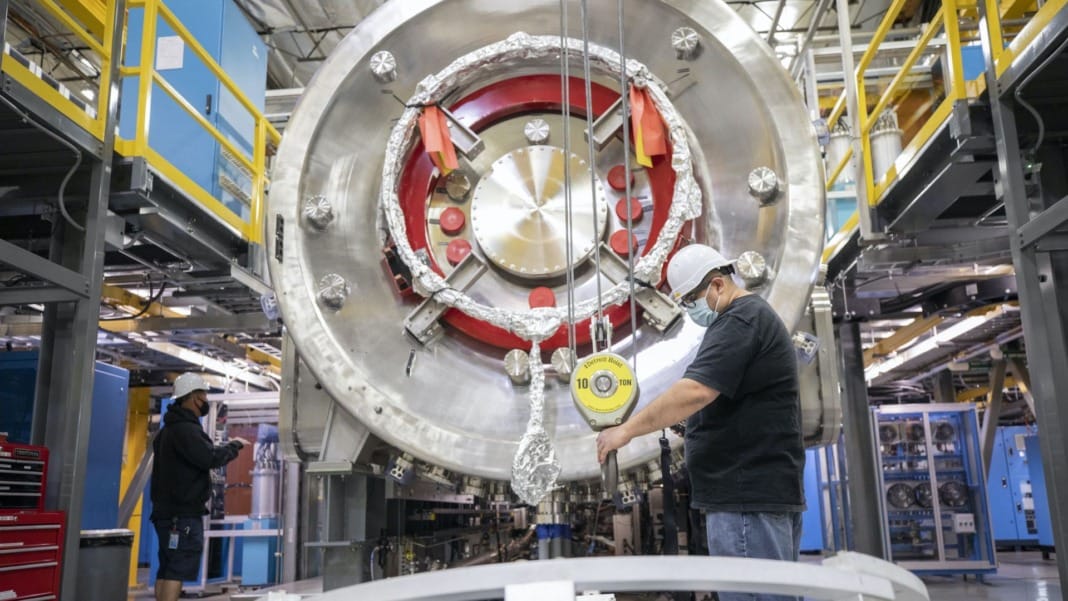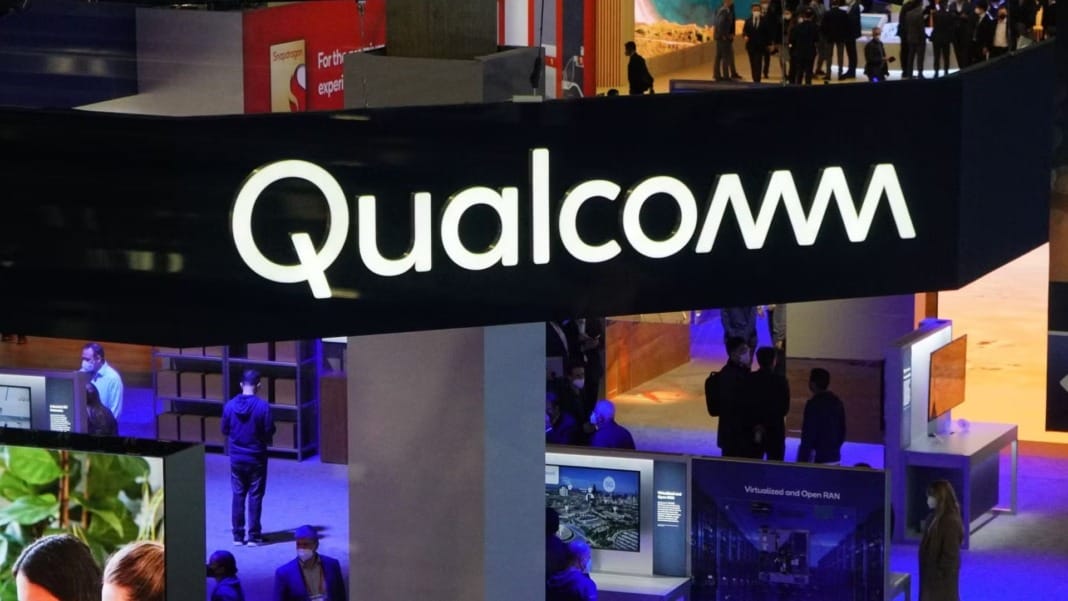TAE Technologies, a long-standing leader in the race to bring fusion power to life, has just secured another US$150 million in funding. You may not have heard of this company, but it’s one of the most well-funded in the fusion energy space — and Google is again placing its bet on its future.
This latest investment round, announced on June 3, includes backing from major names like Google, Chevron, and New Enterprise Associates. If you’re keeping count, this is the 12th funding round for TAE. With this new injection of cash, the total amount raised by the company now stands at roughly US$1.8 billion, according to data from PitchBook.
TAE Technologies, which was once known as Tri Alpha Energy, has spent nearly 30 years quietly working on its reactor design. Initially operating in stealth mode, the company has now made significant progress that could bring commercial fusion power closer than ever before.
Big strides in fusion reactor technology
Fusion energy is often described as the “holy grail” of clean energy. Unlike nuclear fission, which powers today’s nuclear plants, fusion mimics how the sun produces energy — by fusing atomic nuclei. It’s safe, produces no carbon emissions, and has the potential to provide nearly limitless energy.
You might imagine that building such a power source is expensive and tricky — and you’d be right. But TAE believes they’re getting closer.
The company’s earlier fusion design involved firing two plasma balls at each other and spinning the merged plasma using particle beams. The spinning plasma, shaped like a hollow cigar, created its own magnetic field to help contain itself—alongside magnets built into the reactor.
However, in a major step forward this April, TAE said it no longer needs the extra equipment to launch the plasma balls. Now, the system can form, heat, and stabilise the plasma using particle beams. This change could make the reactor smaller, less costly, and easier to manage — a significant shift for the fusion industry.
Google and AI speeding up progress
TAE’s long-time partnership with Google goes far beyond funding. Since 2014, Google’s computer scientists have been working closely with TAE engineers. Together, they’ve used machine learning — a branch of artificial intelligence — to optimise the settings inside the fusion reactor.
Before using AI, it used to take about two months to find the best configuration for a single experiment. That meant around 1,000 different trials each time, according to CEO Michl Binderbauer. But those experiments can be done thanks to AI in just a few hours.
Today, TAE’s experimental reactor can create plasma at 70 million degrees Celsius. However, for a working commercial reactor, the company will need to reach a staggering 1 billion degrees Celsius. Despite that ambitious goal, TAE is optimistic.
What’s next for TAE?
Binderbauer told Axios that TAE aims to raise another US$50 million before the current funding round wraps up later this summer. If all goes to plan, fusion-generated electricity could feed the grid in the early 2030s.
That timeline still puts fusion power nearly a decade away. But this new funding and the steady improvements in reactor design suggest it may be closer than you think.
Fusion power has long been considered a dream. Thanks to companies like TAE — and backers like Google — it’s becoming more of a plan.





